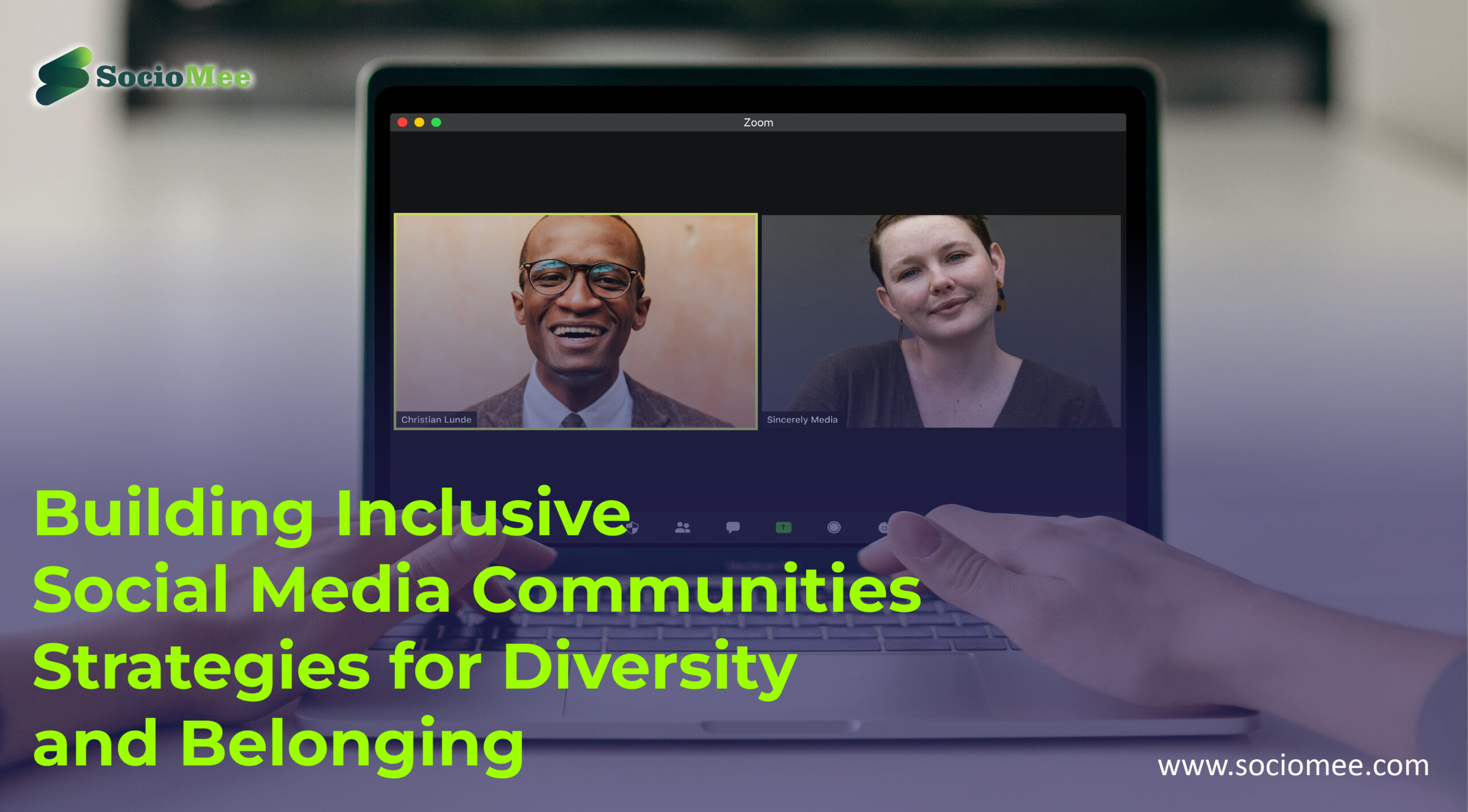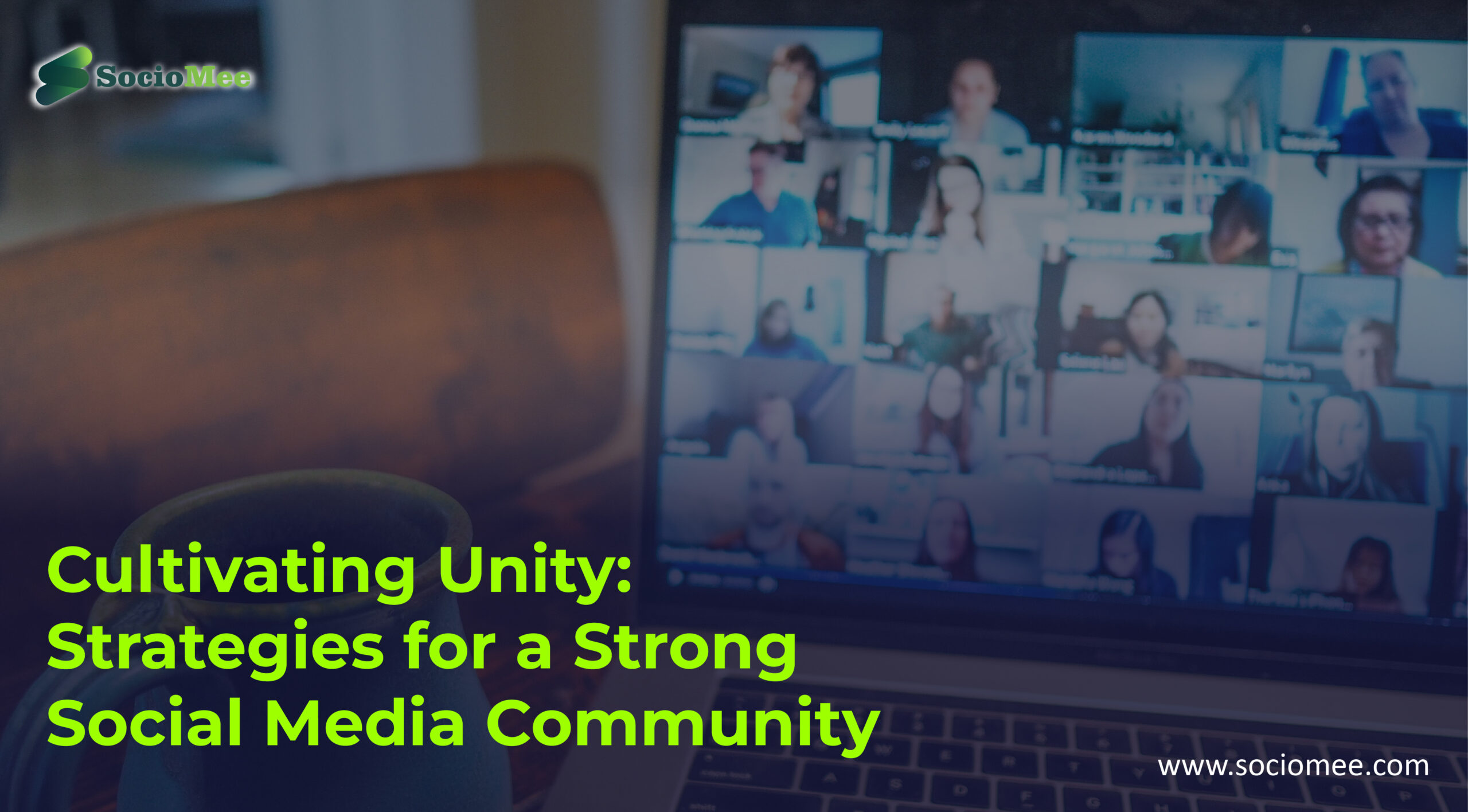The advent of social media has revolutionized the world of journalism. In recent years, media outlets, news organizations, and even individual journalists have increasingly taken advantage of the access and reach that social media platforms provide. As a result, the journalism landscape has been dramatically altered, with social media playing a significant role in how news is delivered and consumed. This article will explore how social media is changing the journalism landscape and the implications of this shift.
#1. The Growing Popularity of Social Media Platforms for News
In recent years, the use of social media platforms for news has increased significantly in Europe. With the rise of digital media and the ubiquity of mobile devices, more and more Europeans are turning to social media for their news. According to the European Journalism Observatory, social media platforms have become the primary source of information for many Europeans. Several factors have driven the trend towards relying on social media platforms for news. First, social media platforms offer convenience and immediacy.
Users can access news quickly and efficiently and even personalize their news feeds to focus on topics that interest them. In addition, using social media for communication allows users to interact with other users, creating a more engaging news experience than traditional print and broadcast media. Another factor driving the growth of social media platforms for news is the proliferation of fake news. Social media platforms have been criticized for allowing the spread of false information, but the fact remains that many people still use them as a source of news. As such, media organizations increasingly turn to social media to engage with their audiences and provide accurate and timely news coverage.
Finally, the ubiquity of social media platforms in Europe has been an essential factor in the growth of their use as news sources. With a significant presence in most European countries, social media platforms offer accessibility and reach that other media sources cannot match. The growing popularity of social media platforms for news in Europe will likely continue in the coming years.
As more and more people turn to social media for their news, media organizations will need to adapt to remain relevant.
Explore new social community
#2.The Impact of Social Media Platforms on the Reach of News
The reach of news in Europe has been dramatically impacted by the rise of social media platforms in recent years. Social media networks have become essential to people’s lives, providing them access to news and information worldwide. As a result, news organizations across Europe rely heavily on social media to reach their target audiences and build engagement.
Social media has allowed news organizations to expand their reach, reaching audiences who may not have had access to them before. This has enabled news organizations to get a much broader and more diverse range of people from different countries and backgrounds. This has also allowed them to reach a much more comprehensive range of topics, allowing them to cover stories that may otherwise have gone unreported. Furthermore, social media has enabled news organizations to engage with their audiences in a much more interactive way. Through polls, comments and other interactive features, news organizations can create a much more engaging experience for their readers.
This has allowed them to build relationships with their audiences and better understand their interests and needs. In addition, social media has enabled news organizations to reach audiences in a much more cost-effective way. By leveraging the power of social networks, news organizations can reach a large audience without spending a lot of money on traditional marketing methods. This has allowed them to reduce their marketing costs and increase their news reach. Overall, social media platforms have significantly impacted news distance in Europe. They have enabled news organizations to reach a much broader and more diverse range of people while providing them with a more engaging and cost-effective way to reach their target audiences.
As a result, news organizations across Europe increasingly rely on social media networks to reach their audiences and build engagement.
#3. How Social Media Platforms Have Redefined Traditional News Broadcasting
The emergence of social media platforms in Europe has drastically altered traditional news broadcasting. While the conventional news industry has existed for decades, social media has provided an interactive and personalized platform for news consumption. This shift has allowed a new form of news broadcasting to shape and redefine how news is consumed and reported in Europe. Social media platforms have allowed individuals to become their own ‘news broadcasters’, providing a platform to share opinions and information on a wide range of topics.
This has enabled a more interactive and engaging form of news consumption, allowing citizen journalism’s emergence. This new form of journalism has allowed for sharing news and information from a more personalized and localized perspective, often missing from traditional news broadcasting. In addition, social media has allowed audiences to have a more immediate and interactive response. This has enabled news broadcasters to receive feedback from viewers more quickly, allowing them to tailor their programming to meet the needs of their audiences. This has enabled traditional news broadcasters to become more responsive to their audiences and to tailor their news reporting and programming to provide more relevant content that meets their viewers’ needs. Overall, social media has dramatically impacted traditional news broadcasting in Europe.
By providing individuals with an interactive platform to share their opinions and news, social media has allowed for a more personalized and responsive form of news consumption.
This has enabled the emergence of citizen journalism and allowed traditional news broadcasters to become more responsive and tailored to their audiences. Social media has revolutionized how news is consumed and reported in Europe.
A new social world is rising
#4. The Rise of Social Media Platforms and Citizen Journalism
The rise of social media platforms and citizen journalism in Europe has profoundly impacted how news is reported, shared, and consumed. In recent years, the increasing availability of digital tools and platforms has enabled citizens to participate more actively in the news media landscape. By utilizing social media platforms and citizen journalism initiatives, European citizens have been able to challenge traditional news outlets and create their narratives.
Social media platforms have enabled people to directly dialogue with news outlets and politicians and share their stories and perspectives. Through platforms such as Twitter and Facebook, Europeans have been able to create networks of trusted sources and follow news stories in real time. This has enabled citizens to engage in meaningful discourse and challenge traditional news sources. Citizen journalism has also allowed Europeans to challenge the status quo and to report on news events that traditional media outlets may have overlooked.
Through citizen journalism initiatives, citizens have been able to report on a wide range of topics, from human rights abuses to local happenings. Citizen journalists have also been able to provide alternative perspectives on important news stories, challenging the traditional narratives that are often presented in mainstream media. The rise of social media platforms and citizen journalism in Europe has enabled citizens to become more active participants in the news media landscape. Europeans have challenged traditional news outlets and created their narratives using digital tools and platforms.
This has enabled citizens to engage in meaningful discourse and to report on news events that traditional media outlets may have overlooked.
#5.How Social Media Platforms Have Changed the Way Journalists Report
In recent years, the rise of social media platforms has drastically changed how journalists report in Europe. These platforms have provided journalists with access to information, sources, and audiences that were previously unavailable. As a result, newsrooms across Europe have been able to report stories faster and with more depth than ever before. Social media has enabled journalists to quickly and easily identify newsworthy stories, connect with sources, and share their work with wider audiences.
Furthermore, the use of social media for news gathering has enabled journalists to cast a wider net when it comes to finding new sources and accessing public records and documents. Additionally, the use of social media for news gatherings has allowed journalists to connect with audiences at a much deeper level, allowing them to engage in meaningful conversations with their readers and viewers. Additionally, social media has enabled journalists to quickly disseminate their content to a much wider audience.
This has been incredibly beneficial for journalists in regions where traditional media outlets are limited or censored. By using social media platforms, these journalists have brought their stories to a global audience, allowing them to spread awareness and get attention to levels that may otherwise have gone unnoticed. Overall, the role of social media in journalism has been significant, and its impact on news gathering, reporting, and dissemination in Europe is undeniable.
As the use of social media continues to evolve and expand, it will undoubtedly play an increasingly important role in the journalism in the years to come.
#6. The Impact of Social Media Platforms on the Quality of News
The rise of social media platforms has significantly impacted the quality of news in Europe. In the past decade, the use of social media in Europe has grown exponentially, with people using platforms such as SocioMee to obtain news and information. This has positively affected the quality and accuracy of communication in Europe, allowing news outlets to reach a wider audience more quickly and easily.
- Firstly, social media platforms offer news outlets the ability to provide real-time updates and breaking news, allowing them to stay ahead of the competition. This can lead to more accurate and timely reporting, as news outlets can provide the latest updates to their followers as soon as they happen. This also increases the credibility of news outlets, as their followers can trust them to report the truth.
- Secondly, social media platforms offer news outlets the ability to engage directly with their followers, allowing them to get feedback and suggestions from their audience. This can lead to more accurate and unbiased reporting, as news outlets can consider their followers’ views when reporting on specific topics. This can also lead to more in-depth and comprehensive reporting, as news outlets can use their followers’ comments and suggestions to develop their own stories.
- Finally, social media platforms allow news outlets to reach a much wider audience. This increased reach can lead to increased viewership and reader engagement, resulting in more accurate and well-informed reporting. Overall, the rise of social media platforms has positively affected the quality and accuracy of news in Europe.
By allowing news outlets to provide real-time updates, engage directly with their followers, and reach a wider audience, social media platforms have allowed them to become more credible, accurate, and comprehensive in their reporting.
#7. How Social Media Platforms Have Enabled the Emergence of Micro-News Platforms
Micro-news platforms in Europe have experienced a surge of growth in recent years, primarily due to the emergence of social media platforms such as SocioMee. These platforms have allowed individuals to quickly spread news and information to a broad audience, creating a space for micro-news platforms to emerge. Micro-news platforms are often focused on delivering news to a local or regional audience. They are usually run by independent journalists and bloggers interested in particular issues or topics.
These platforms can also be used for citizen journalism, allowing citizens to report on news and events that traditional media outlets do not cover. Social media platforms have enabled micro-news platforms to reach a wider audience than ever before. Through the use of hashtags and other social media tools, micro-news platforms can quickly spread their stories to a large number of people.
This has allowed them to become an essential source of news and information for many Europeans. Additionally, social media platforms have allowed micro-news venues to interact with their audience in real-time. Through direct messages, comments, and other forms of communication, micro-news platforms can engage with their readers and respond to their queries and concerns. This has allowed them to foster a sense of community among their readers, making them more likely to come back for more news. In conclusion, social media platforms have enabled the emergence of micro-news platforms in Europe.
These platforms have allowed independent journalists and bloggers to spread their stories to a broad audience quickly and have enabled them to engage with their readers in real-time. As a result, micro-news platforms have become an essential source of news and information for many Europeans.
#8. How Social Media Platforms Have Changed the Way Journalists Interact with Their Audience
The impact of social media platforms on journalism has been immense, particularly in Europe. Social media platforms have drastically changed the way journalists interact with their audience, allowing them to reach a broader and more diverse group of people than ever before. Social media has created a new form of news consumption, allowing journalists to engage with their audience in real time. Journalists can now instantly share news stories, videos, and commentaries with their followers, creating a direct and personal connection with their readers.
This has allowed journalists to gain a deeper and more meaningful insight into their readers’ interests and opinions, providing them with a platform to discuss topics with their readers and respond to their comments and questions in real-time. Social media has also enabled journalists to become more creative in reporting news. Journalists can now use a variety of multimedia elements to tell their stories, such as images, videos, audio clips, and interactive graphics. This has allowed them to reach a wider audience and make their stories more engaging and visually appealing.
The impact of social media can also be seen in how journalists engage with their audience before, during, and after a story is published. Journalists can now interact with readers by posting updates and responding to comments on social media, allowing them to build relationships with their readers and provide them with a deeper understanding of the story. This has enabled journalists to become more involved with their audience, providing valuable feedback that can help them improve their reporting. Social media has completely revolutionized how journalists interact with their European audience.
It has opened up a whole new world of opportunities for journalists to share their stories with a broader and more diverse group of people, allowing them to build relationships with their readers and become more involved with their audience.
#9. The Growing Use of Video in Social Media Platforms and its Impact on Journalism
As the world continues to become increasingly digital and connected, the use of video in social media platforms has grown exponentially. A recent study by the Reuters Institute for the Study of Journalism found that video is now the most popular form of content on social media, with 64 percent of European audiences saying they watch videos on social media platforms. This was a significant increase from just a few years ago, when only 37 percent of European audiences said they watched videos on social media platforms.
The rising popularity of video on social media has significantly impacted how journalism is consumed in Europe. For one thing, it has made it easier for news organizations to reach a wider audience. Social media platforms are now the primary sources of news for many Europeans. This shift in news consumption has given traditional news organizations a more significant opportunity to reach audiences that may have been out of reach in the past.
At the same time, the increasing use of video on social media has also significantly impacted how news is produced. News organizations are now investing more resources into creating video content tailored to their audience’s preferences. This has resulted in a greater emphasis on the visual aspect of storytelling and a decrease in the traditional written word. Overall, the growing use of video on social media platforms significantly impacts journalism in Europe.
Traditional news organizations are now forced to adapt to the changing landscape of news consumption to remain relevant and competitive. As the use of video on social media continues to rise, it will be interesting to see how journalism in Europe continues to evolve.
#10. How Social Media Platforms Have Changed the Way Journalists Verify Sources
In recent years, social media platforms have revolutionized the way journalists in Europe verify sources. With the rise of digital media, journalists have had to adjust to the speed and availability of information on social media. This has changed the way news is gathered, distributed and consumed. In the past, European journalists relied on traditional methods such as interviewing sources and researching facts to verify a story. However, with the rise of platforms like SocioMee, journalists can now access a wide range of sources in real-time. This means that journalists can more easily verify stories and sources quickly and accurately. Social media has also changed how European journalists interact with their heads.
Journalists can now contact sources directly through social media, eliminating the need for traditional methods such as telephone calls or emails. This has made it easier for journalists to access a range of sources and obtain the information they need for a story. Moreover, social media has given journalists access to various new sources. Through social networking platforms can now access a variety of voices and perspectives. This can be extremely valuable in providing a more balanced report on a story. In short, social media’s rise has drastically changed how journalists in Europe verify sources. With access to a wide range of sources, real-time information and direct contact with authorities, journalists have created more reliable and balanced reports.
Conclusion – The Future of Social Media Platforms in Journalism
The future of social media platforms in journalism in Europe is uncertain. The European Union has taken steps to limit the power of large digital platforms. Still, it remains to be seen how successful these measures will be in promoting media diversity and preventing the spread of disinformation. The role of social media platforms in journalism in Europe will continue to evolve in the coming years as technology and the regulatory environment change.
As such, journalists, media organizations and policymakers need to remain aware of the implications of these changes and work together to ensure that the media landscape remains open, diverse and free of disinformation.









